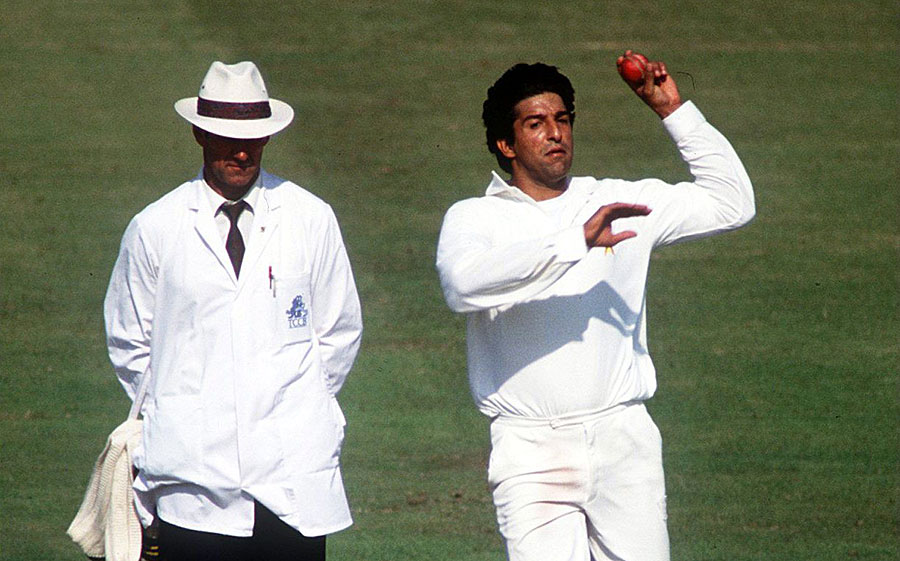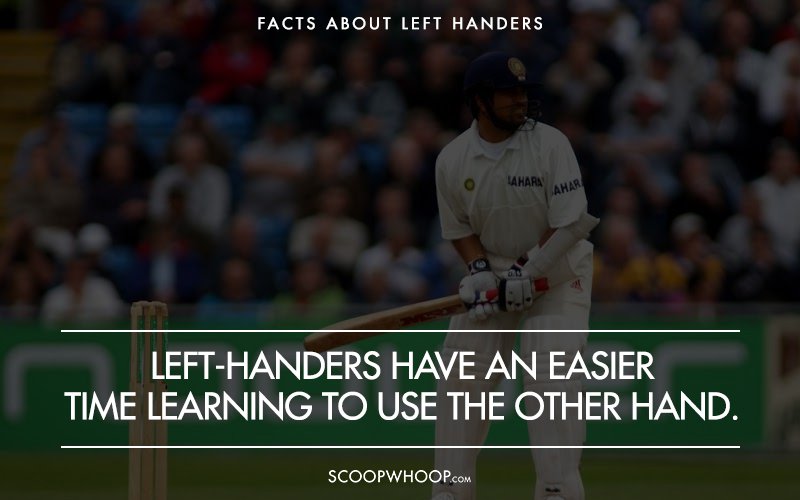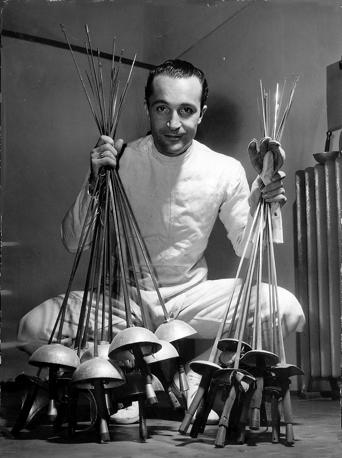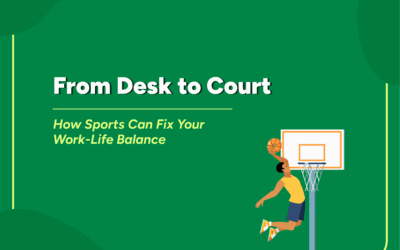Left-handed people only account for nearly 10 percent of the human population and this number has remained constant for more than 10,000 years. Are they better at sports than right-handed people?
There’s a high percentage of left-handed sportsperson who have dominated the world of sports since time. Naturally, left-handedness isn’t a fate that a person chooses for himself.
Instead, it is by birth or an outcome of gestational trauma.
Age is also considered here because a research says, moms over 40 are more likely to give birth to a left-handed baby in comparison to moms in their 20s.
There are many sports where you may regard this as a blessing- boxing, table tennis (Ding Ning), wrestling, cricket (Wasim Akram), baseball (Clayton Kershaw), and mixed martial arts.
In sports that involve competing against one on one, for instance, boxing and tennis, left-handed people have an advantage over others – the element of surprise.
The human mind trains itself to defeat its most common competitor: the right-handed sportsperson. Human mind practices this through experiences and patterns of repetitions. More the number of right-handed people you have played against, more are the chances that your mind will develop the skills and reflexes regarding it.
For instance, a batsman carries more experience against his right-handed bowlers. Since the most common and obvious truth is that a right-handed sportsperson may not be used to playing against a left-handed sportsperson.
Thus, it gives you an edge over others – element of surprise. The greatest, Alexander was also a left-handed person indeed!
Research says that being left-handed is an advantage in those kinds of sports where time pressures are more severe, such as table tennis and cricket.
This is because their moves are less familiar to their most common right-handed opponents, who do not have time to adjust.
The right-handed players may not develop the extra strategies to compete with the lefties. It is believed that “a left-handed athlete’s brain has well-regulated connections between its two hemispheres.”
The findings of Loffing recorded more than 30% of top baseball pitchers left-handed, compared to just fewer than 13% of male badminton players and 8.7% of male squash players. For women, his findings recorded more than 19% of top table tennis players lefties, compared to fewer than 8% of tennis and badminton players and 8.4% of squash players.
His results confirmed that “time pressure was highest for baseball, followed by cricket and table tennis, with other racket sports less fast-paced; squash, for instance, had the lowest time pressure.”
He suggests that the only way to win over lefties at sports is to get used to playing lefties so that the pressure of time doesn’t affect their performance.
And his best opinion for left-handed people was to take up sports which involved speed or fast pace (sports where they require reacting quickly and good spatial judgment).
A French neuroscientist, Guy Azemar, researched a part of left-handers in the sports of Fencing and found that about a third of elite fencers are left-handed.
One fine example was the Italian, Edoardo Mangiarotti who won a total of 13 fencing medals. Given that, he was born a right-handed person but his father insisted him to play lefty.
This French researcher also confirms that being left-handed helps the two halves of our brain regulate properly. Their brains are more symmetrical.
Thus, the control of movement and managing space while playing are controlled by the right side of the brain.
The phase in which the athlete sees the ball coming and hits it is also performed by the same side of the brain.
However, in case of a right-handed athlete, these judgments are sent to the opposite side of the brain which results in a delay of 20 – 30 milliseconds.
And these milliseconds really matter in fast-paced sports. Similarly, left-handed bowlers have the advantage of unfamiliarity and they can bowl at a different angle and move the ball in the opposite direction to right-handed batsmen.
In tennis, a left-hander has a unique service that swings away from the backhand of the right-hander.
Conclusion:
However, the main lead for left-handed people in fast-paced sports is an experience. They are easily used to play their right-handed opponent but for right-handers, a lefty will always be uncertain.









0 Comments